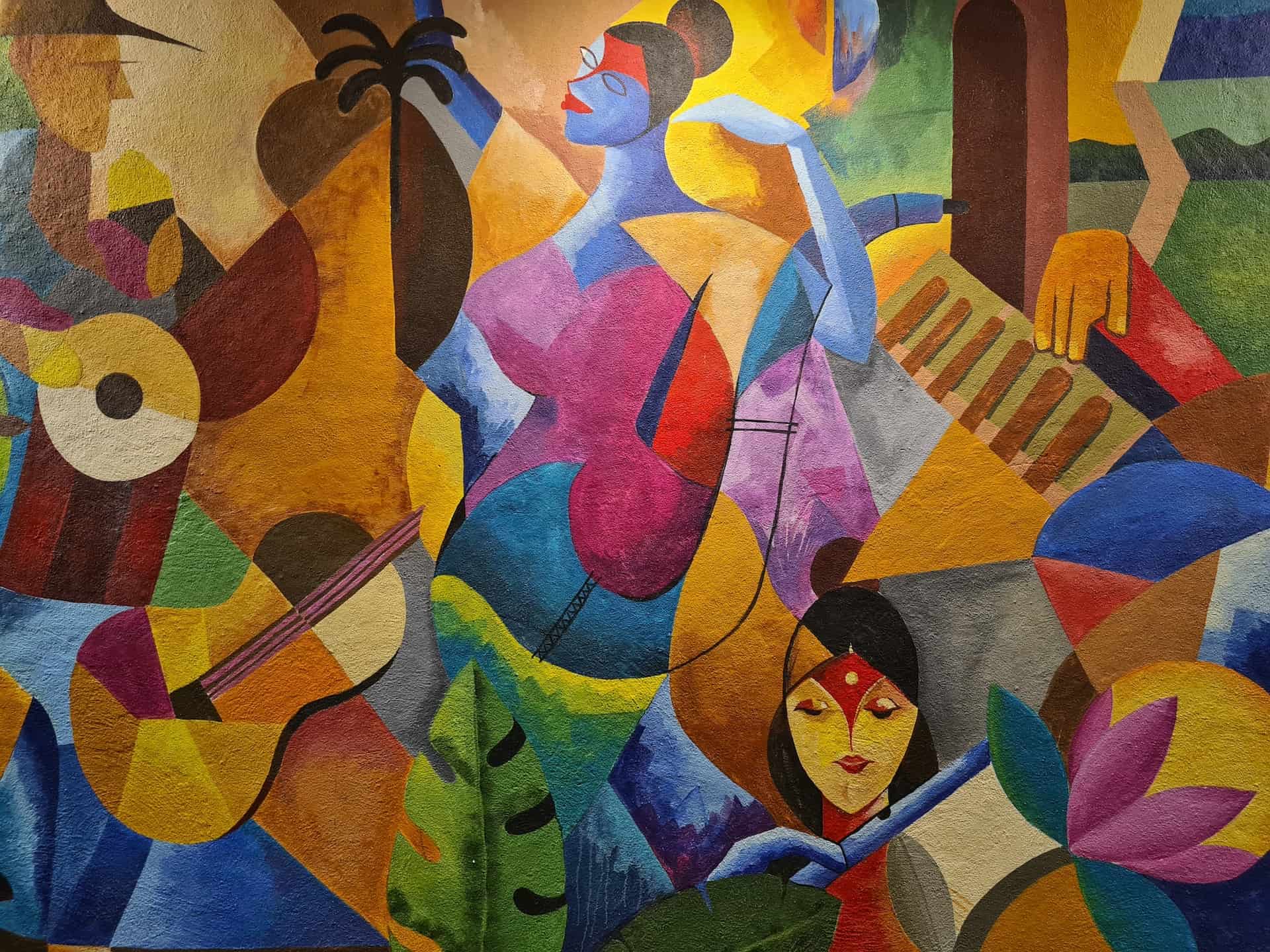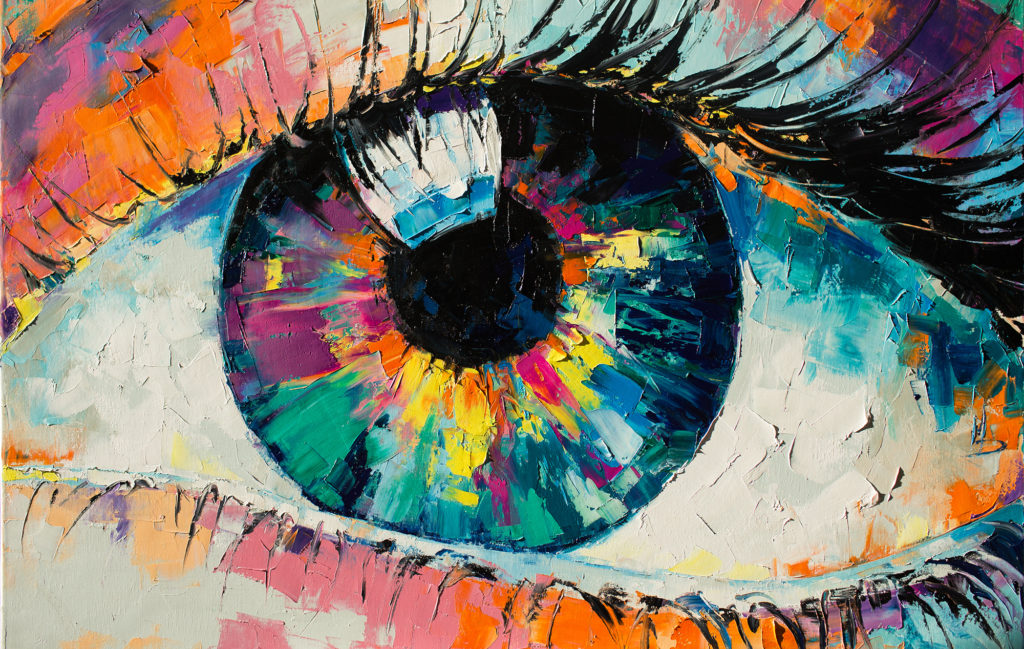Assessing the Social Effect of Trump Art on Modern Artistic Motions
Assessing the Social Effect of Trump Art on Modern Artistic Motions
Blog Article
Starting an Aesthetic Trip Through the Lyrical Analyses of Nature in Impressionist Landscapes
Each brushstroke, each play of light and shadow, and each color choice in their jobs speaks volumes regarding the musicians' deep connection to nature and their capacity to translate its elegance onto the canvas. As we check out the lyrical interpretations of nature in Impressionist landscapes, we are invited to submerse ourselves in a world where reality and emotion link, using a look right into the musicians' extensive appreciation for the all-natural world.
The Captivating Brushstrokes of Claude Monet
Claude Monet's proficiency of brushstrokes transcends simple method, imbuing his landscapes with a heavenly top quality that enthralls and astounds audiences - trump art. His innovative use shade and light, incorporated with his distinctive brushwork, develops a sense of motion and life within his paints. Monet's distinguished collection of jobs illustrating water lilies and his iconic haystacks showcase his capacity to capture the short lived results of light and atmosphere

Enjoying Light and Darkness With Camille Pissarro
Embodying a comparable respect for the interplay of light and darkness, Camille Pissarro's artistic vision unfolds as a harmonious exploration of the environment's luminous subtleties. Pissarro, a key number in the Impressionist activity, masterfully captured the dynamic partnership in between light and shadow in his landscapes. His skilled usage of color and brushwork enabled him to share the refined shifts in light that specify different times of day and seasons.
Pissarro's paintings typically include spotted sunlight infiltrating fallen leaves, casting intricate patterns of light and shadow on the earth below. In jobs such as "Hoar Frost, the Result of Snow, Pontoise," Pissarro skillfully portrays the crisp illumination of winter sunshine compared with the awesome shadows that define the snowy landscape. By welcoming both light and darkness in his make-ups, Pissarro invites viewers to submerse themselves in the all-natural elegance and short-term results of light in the world around them.

Via Pissarro's works, we are advised of the transformative power of light and darkness, inviting us to stop briefly and appreciate the fleeting moments of elegance existing in the daily landscapes that surround us.
A Harmony of Color Styles by Edgar Degas
Edgar Degas coordinates a vibrant symphony of colors in his masterful artworks, instilling his make-ups with a vibrant interaction of tones that astound the customer's stare. Understood mostly for his ballet dancers and intimate scenes of Parisian life, Degas skillfully manipulated shades to share state of mind and activity in his paintings. trump art. His use bold, contrasting shades and subtle tonal variations created a feeling of deepness and vibrancy within his jobs
Degas' color palette often contained abundant blues, deep eco-friendlies, and warm oranges, which he used with positive brushstrokes to catch the significance of his topics. Whether depicting a ballerina mid-performance or a group of buddies conversing at a coffee shop, Degas' shades not only showed the scene yet likewise evoked a feeling of emotion and power.
Moreover, Degas' testing with light and shadow included an extra layer of complexity to his shade compositions, boosting the general ambience of his paintings (trump art). Through his competent manipulation of shade, Degas created an aesthetic symphony that continues to resonate with viewers today
Checking out Nature's Calmness With Berthe Morisot
Berthe Morisot's imaginative vision uses a peaceful departure from the vivid color symphonies of Edgar Degas, as she records the harmony of nature in her evocative landscapes. Known for her fragile brushwork and intimate portrayals of day-to-day life, Morisot's landscapes exude a feeling of peace and harmony.
Morisot's paints frequently include soft, low-key tones that communicate a sense of peace and tranquility. Her works, such as "The Cradle" and "Summertime's Day," showcase her capacity to catch the subtle appeal of nature in such a way that is both calming and contemplative to the viewer.
Unlike several of her Stylist counterparts who focused on vibrant colors and dynamic structures, Morisot chose to create gentle, reflective scenes that welcome the customer to stop and show. Through her skillful use light and shadow, Morisot Full Article produces a sense of serenity that reverberates with the audience on a deep emotional level.
The Emotional Landscapes of Vincent Van Gogh
Vincent Van Gogh's landscapes strongly communicate a deepness of feeling through their vibrant brushwork and meaningful use of color. The Dutch post-impressionist musician is renowned for his capacity to capture extreme and raw emotions in his paints, transcending standard depictions of nature. Van Gogh's troubled individual life, noted by mental health and wellness battles, considerably influenced his art, instilling his landscapes with a sense of worry, melancholy, or liveliness.
In works such as "Starry Evening" and "Wheatfield with Crows," Van Gogh's swirling brushstrokes and lively shade selections stimulate a profound psychological action from viewers. The stormy skies and perturbed landscapes in his paints over at this website mirror his internal turmoil and emotional turbulence, inviting audiences to look into the intricacies of his mind.
Van Gogh's one-of-a-kind aesthetic language, defined by exaggerated point of views and bold use color, creates landscapes that reverberate with customers on a deeply emotional level. Via his art, Van Gogh invites us to see nature not simply as an outside reality yet as a mirror of our innermost feelings and feelings.
Conclusion
Finally, the impressionist landscapes of musicians such as Claude Monet, Camille Pissarro, Edgar Degas, Berthe Morisot, and Vincent Van Gogh use a special and captivating visual interpretation of nature. With their use brushstrokes, color, feeling, and light, these musicians have developed a harmony of photos that evoke a sense of serenity and charm in the environment. Their jobs remain to motivate and bewitch visitors with their lyrical analyses of the landscapes around us.
Each brushstroke, each play of light and shadow, and each shade option in their jobs talks volumes regarding the artists' deep link to nature and their capacity to equate its elegance onto the canvas. His ingenious use of shade and light, incorporated with his distinctive brushwork, produces a sense of motion and life within his paints. His adept use of shade and brushwork permitted him to convey the subtle why not check here changes in light that define various times of day and periods.

Report this page